HEAT TRANSFER.Heat is transferred in matter through the following methods: conduction, convection and radiation.ConductionThis is the transfer of heat in solids. The rate of conduction depends on
Good and bad conductorsConductivity is the ability of a material to conduct heat. Good conductors of heat are those materials which are able to transfer heat easily and steadily. Bad conductors are those which do not conduct heat.Experiment: Comparing thermal conductivity of metals Procedure
DiscussionWhen done correctly and carefully the matchsticks will fall off in the following order: copper, aluminium, brass and finally iron. This shows that different metals conduct heat at different rates. NOTE – on a cold morning a metallic chair would feel cold compared to a wooden chair at the same temperature, this is because the metallic chair absorbs heat from your body as opposed to wood which is a bad conductor of heat. Applications of conductorsGood conductors1. They are used to manufacture cooking utensils2. They are used as liquids suitable for thermometers i.e. mercury 3. Used as heat dumps (metal clips) when soldering delicate components in a circuit board i.e. transistors Poor conductors
ConvectionThis is the transfer of heat through fluids (liquids and gases). This occurs when part of the fluid is heated: they become less dense and rise above the cold fluid. As they move they carry heat with them. In convection we observe streams of moving fluid called convectional currents.Convection in airExperiment: model chimney (smoke box)Procedure
DiscussionSmoke will be seen going into the chimney and coming out through the other chimney. The air above the candle gets heated and rises up the chimney causing convectional currents which carry the smoke out with them.Experiment: revolving paper-vane Procedure
DiscussionAs the air above the flame gets heated convectional currents are formed and rise upwards.as these currents brush against the paper-vane it rotates.Convection in liquidsExperiment: heating water in a beakerProcedure
DiscussionA stream of colour will be seen moving upwards and downwards again at the other side of the beaker. This will continue gradually until all the water becomes coloured. This shows that convectional currents also exist in liquids.Experiment: model of hot water system Procedure
DiscussionWhen the water in the lower flask becomes hot it rises up to the upper flask. After some time the water in the upper flask will become hot due to convectional currents.Applications of convection1. Brings about the land and sea breezes.2. Can be used to explain the weather phenomena. 3. Used in car radiators. 4. Used in immersion water heaters by placing them at the bottom. RadiationThis is simply the flow of heat from one point to another by means of electromagnetic waves.Radiation from different surfacesWe use the Leslie cube to determine radiation of different surfaces. It is a rectangular metal container of square base with small opening at the top. One side is coated with polished silver, another dull black (candle flame soot), the other grey and the fourth white.Experiment: Radiation from different surfaces Procedure
DiscussionThe thermometer against the black surface records the highest temperature, followed by the one on the grey side, then the white surface while the polished side recorded the lowest temperature. The readings when the water is boiling were higher, indicating that radiation depends on temperature. It also depends on the nature of surface.Applications of radiation
Vacuum flask
It was developed by Sir James Ivarin 1890. It keeps a liquid hot or cold (depends on what is put in). The liquid stays at the temperature it is poured in either hot or cold. It has the following principle features;
3 Comments
Bahate Simeo
7/9/2023 20:16:46
Am interested in your good work
Reply
Leave a Reply. |
Archives
December 2024
Categories
All
Physics notes form 1 to 4
|
||||||||||||||||||||||||
|
Primary Resources
College Resources
|
Secondary Resources
|
Contact Us
Manyam Franchise
P.O Box 1189 - 40200 Kisii Tel: 0728 450 424 Tel: 0738 619 279 E-mail - sales@manyamfranchise.com |
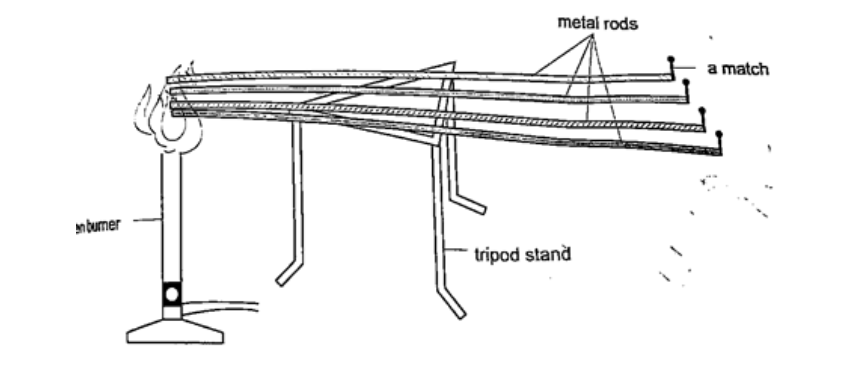
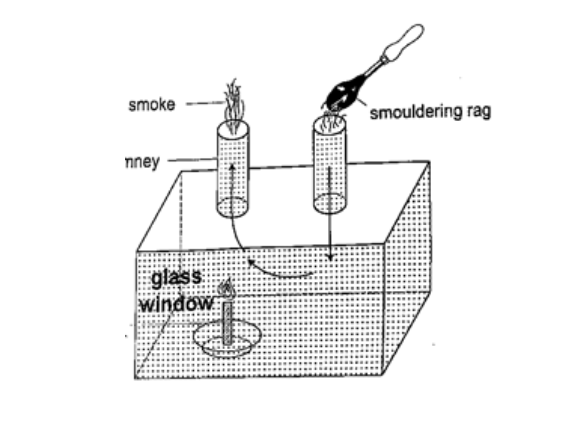
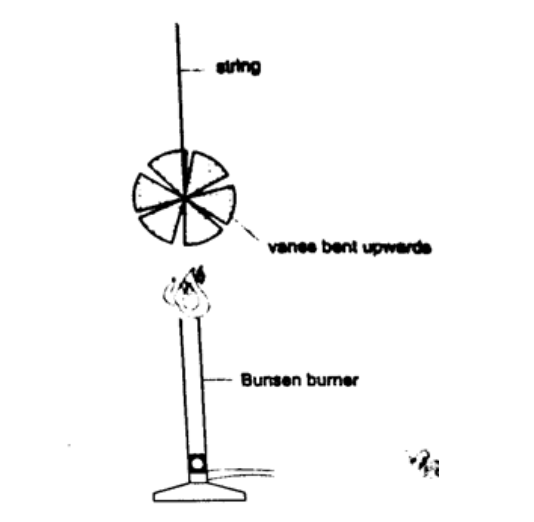
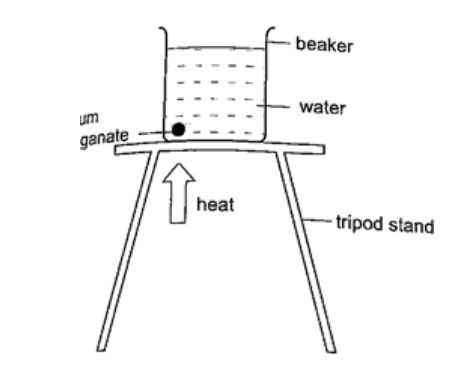
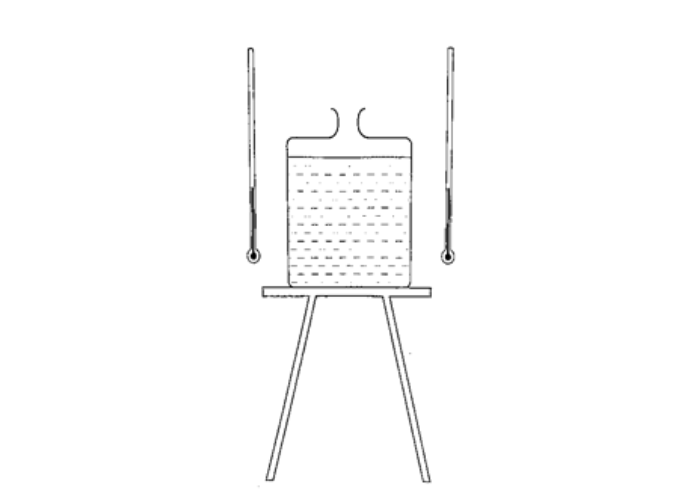
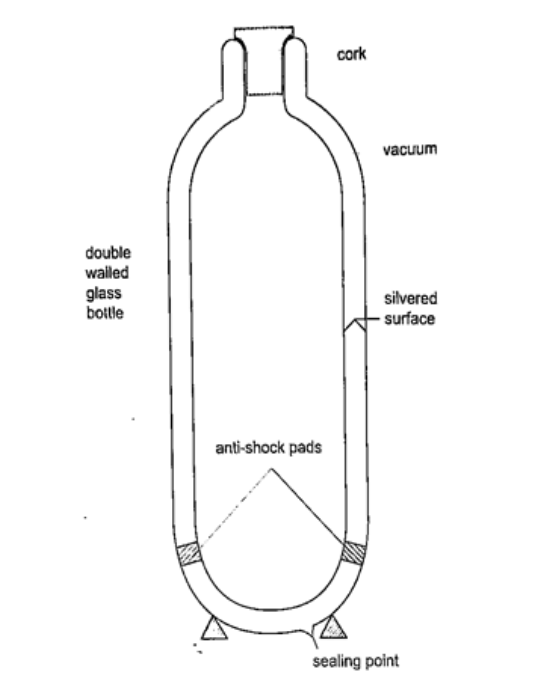
 RSS Feed
RSS Feed

